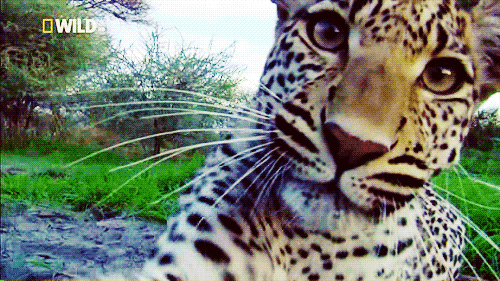Roaring into Reading
Rationale:
Summarization is one of the most important skills for comprehending text. An efficient method of summarization is called the about-point method. The reader asks two questions: what is the text about and what is the main point the author wants you to know. The first question is quick and easy to answer, but the second requires the reader to “superordinate” all of the points made in a text and create an “umbrella” point that covers them all.
Materials:
Copies of the National Geographic Article on Jaguars (link below), pencils and paper for each student, Summarization checklist for teacher (below), quiz for each student (below)
Procedures:
-
Say: After we read a text, its hard to remember every detail we read. It can also take a very long time. Instead, good readers use a technique called summarization to remember only the most important points of a text.
-
Say: One of the best ways to summarize is called about-point. When you use this strategy, you ask yourself two questions while reading a text. The first question is “what is the text about?”, and the second question is “what is the main point that the author is making?”. The first question is usually easier to figure out, but the second question really makes you think about the whole text. You have to think of a superordinate, also called an “umbrella term”, for all the important points that the author talks about in the text.
-
Say: We are going to use the about-point method on an article about Jaguars. Raise your hand if you’ve ever seen a jaguar. They don’t usually live in Alabama so the only place we could find them is the zoo. The article on your desk tells us more about Jaguars like where they live, what they eat, and some other interesting facts.
-
First, we’ll talk about a new word you will see in this article: ambush. An ambush is when an animal or person jumps on an unprepared person or animal. In the article ambushing is the a way jaguars kill their food. We can practice using it in a sentence: “The kids ambushed their teacher who had fallen asleep.”
-
Say: Here is the first paragraph from the article:
"Jaguars are the largest of South America's big cats and the third largest cats in the world. Their fur is usually tan or orange with black spots, called "rosettes" because they are shaped like roses. Some jaguars are so dark they don't seem to have spots."
What is the main point of this paragraph? (wait for student responses) Right, it’s talking about jaguar’s fur and coloring! It talks about their, feet, spots, and coloring. Does this paragraph have a topic sentence or do we need to make one? (wait for student responses) Right, the first sentence is topic sentence, because the entire paragraph is talking about the characteristics of jaguars.
6. Now I want you to use about-point on a paragraph:
Unlike many other cats, jaguars do not avoid water; in fact, they are quite good swimmers. Rivers provide prey in the form of fish, turtles, or caimans—small, alligator-like animals. Jaguars also eat larger animals such as deer, peccaries, capybaras, and tapirs.
What is this paragraph about? Yes, how jaguars eat. What are the main points that the author makes about this? (They are good swimmers so they eat water creatures, they can also eat bigger animals such as deer and capybaras. How could we combine all of these main points into one topic sentence? Jaguars… Jaguars can eat small animals from rivers or larger animals from the land.
7. Now, I want you to read the rest of the article and use your about-point skills to make (or find) a topic sentence for each paragraph. When you are done, you will have a summary of the whole article if you put the sentences together! Don’t summarize examples of things or information that is not important, which we call trivia. These things are only in the article to help you understand the main ideas. You are writing a shorter version of this article in your own words, but only including the most important ideas. To make sure you work hard to read, because we will have a quiz when everyone finishes writing.
Assessment:
Collect each student’s summary of the article, and evaluate the summarization using the following checklist:
__ Collected important information
__ Ignored trivia and examples in summary.
__ Significantly reduced the text from the original
__ Sentences brought ideas together from each paragraph
__ Sentences organized coherently into essay form.
Quiz:
-
Can Jaguars swim?
-
What is an example of something a Jaguar eats?
-
How do Jaguars Ambush their prey?
-
Where could we find a Jaguar (other than the zoo)?

References:
Article: https://kids.nationalgeographic.com/animals/jaguar/#jaguar-walking-branch.jpg
Gorman, Maddie. “Sweet Summarization”
http://mlg0023.wixsite.com/lessondesigns/reading-to-learn
Questions?
Contact: Haley Lushington
